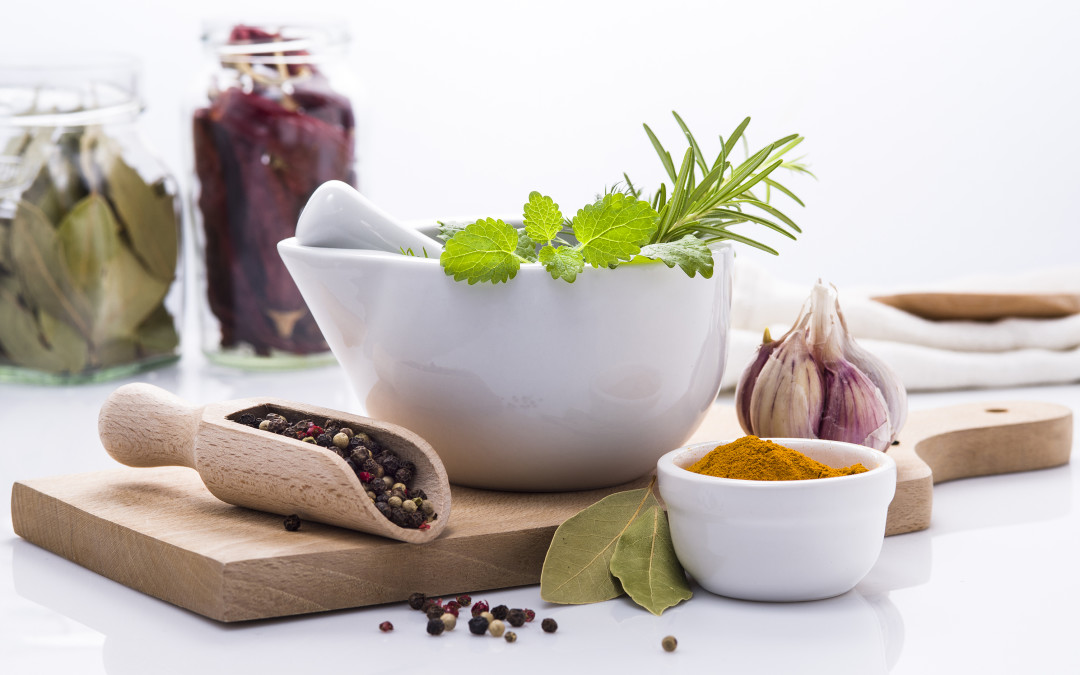
The Basics of Ayurveda
Understanding the Healing Power of Ancient Ayurvedic Wisdom
Ayurveda is an ancient Indian philosophy for attaining optimal health and vitality. It combines a focus on foods and herbs that contribute to enhancing physical health, as well as spiritual practices and balanced living.
The word “ayurveda” combines the Sanskrit words ayus meaning “life” and veda meaning “knowledge” or “science” so the word ayurveda means the science or knowledge of life.
Our bodies are designed to self heal, given the proper environment and nutrients. When we take care of our bodies in a balanced and consious way, we become our own healers.
The principles of Ayurveda are practical and applicable to every situation in your life. So don’t be thrown off by the fact that this is an ancient practice and you live in the modern world. There’s a reason it’s been around for so long; it’s just good common sense.
The name of the game in Ayurveda is BALANCE. For example, when you have an imbalance in your body like excess mucus from a sinus infection or chest cold, you would want to take something drying, to balance that excess mucus.
In Ayurveda the body is seen as governed by three doshas or constitutions, based on the elements Earth, Air, Fire, and Water. These doshas exist in all of us in varying degrees, but each person will tend to have more characteristics of one. The idea is to find balance among all three doshas.
Vata
- Governs all movement in the body and comes from the elements of Air (or the energy that governs all biological movement) and Ether (or space). Think of anything that moves in your body, and that’s vata.
- Physical characteristics of a vata type person is very tall or short, with thin frames, easily chilled, bony joints, dry skin, poor muscle development, poor or variable sleep, high energy, sensitive digestion, restless, alert, and have a variable appetite. They are highly agile and have bursts of energy but are quickly fatigued.
- Psychological characeristics of a vata type person are creativity, flexibility, energy, and quick understanding when they are in balance, and fearfulness, anxiety, racing thoughts, flightiness, and poor memory when out of balance.
- Ways vata becomes imbalanced: drinking alcohol or caffene, traveling frequently (or always on the go), eating while on the go, excessive physical activity, excessive sensory stimulation (tv, computers), and eating vata-aggravating foods.
- How to balance Vata: When you feel an excess of vata energy, such as anxiety or restlessness, the way to balance the excessive movement, is with more grounding forces such as a sleep and mealtime routines that stay the same every day, a regular meditaiton practice, eating cooked foods that are warm and hearty, and a grouding yoga practice. Avoid dry, cold, or raw foods and use spices that are warming and grounding such as cardamom, cumin, ginger, cinnamon, salt, cloves, tarragon, thyme, and black pepper.
Pitta
- Governs digestion, metabolism, absorbtion, nutrition, body temperature, and comes from the elements of fire and water. It has qualities such as heat and intensity.
- Physical characteristics of a pitta type person are medium height and build, coppery, yellow or red-ish complection, warm skin, strong digestion/metabolism, sound but short sleep, good appetite, freckle easily, doesn’t tolerate the sun. When out of balance pittas experience heartburn, excessive body heat, rashes, ulcers, inflamation and indigestion.
- Psychological characteristics of a pitta type person are ambition, passion, intelligence, concentration, and good leadership when in balance, but when out of balance can show characteristics such as hate, jealousy, short-temperedness, and anger. Think of a “fiery” personality.
- Ways pitta becomes imbalanced: overheating, being overly competitive, eating while angry, eating pitta-aggravating foods, and over-working.
- How to balance pitta: The way to counter excess fire or heat elements is with something cooling and stabilizing. Eat cooling foods like raw veggies, and avoid sour, hot, or spicy foods. Cooling herbs such as cilantro, cardamom, saffron, and fennel can be incorporated into the diet. Coconut oil massages are also cooling and grounding.
Kapha (pronounced like kahfa)
- Governs the structure of the body, mucus production and immunity, and comes from the elements earth and water. It has qualities such as heavy, slow, oily, and cold.
- Physical characteristics of a kapha type person are well developed bodies, thick skin, good muscle development, fair and bright completion, oily skin. But when out of balance kapha can result in overweight, overly-lethargic/sleepy, fluid retention, depression and allergies.
- Psychological characteristics of kapha are happy, peaceful, calm, forgiving, and loving when in balance, but out of balance it can result in attachment, greed, accumulation, and possessiveness.
- Ways kapha becomes imbalanced: overeating, emotional eating, not engaging in physical activity, spending too much time indoors, avoiding social or intellectual stimulation, focusing too much on money/material wealth.
- How to balance kapha: Since kapha tends to be slow, cool, heavy, and oily in nature, we want to counteract that with more warming, airy and movement oriented elements. Yoga, exercise and other forms of movement and stimulation are great for excess kapha. Vary your daily routine, spend time with interesting and enlivening people. Diet may consist of light fruits and vegetables, and minimal dairy and oils.
Based on what is going on in your life at a given point your dominating doshas might change. They can change from season to season, as well as during different times in one’s life. There’s no one straight formula for what you should eat because your body’s needs are constantly changing. The best thing to do is to be aware of what is going on in your body and mind by noticing when something feels out of balance, determining what factors are causing it (usually excess in one dosha) and taking steps toward balancing it with the ways listed above.
Obviously this is just scratching the surface. Never would I attempt to boil down thousands of years of knowledge into one blog post, but it’s a good place to start, and stay tuned for more on this subject.
Now I want to hear from you!
In the comments below, tell me: Have you ever heard of ayurveda before, and what about it interests you?
XO,









